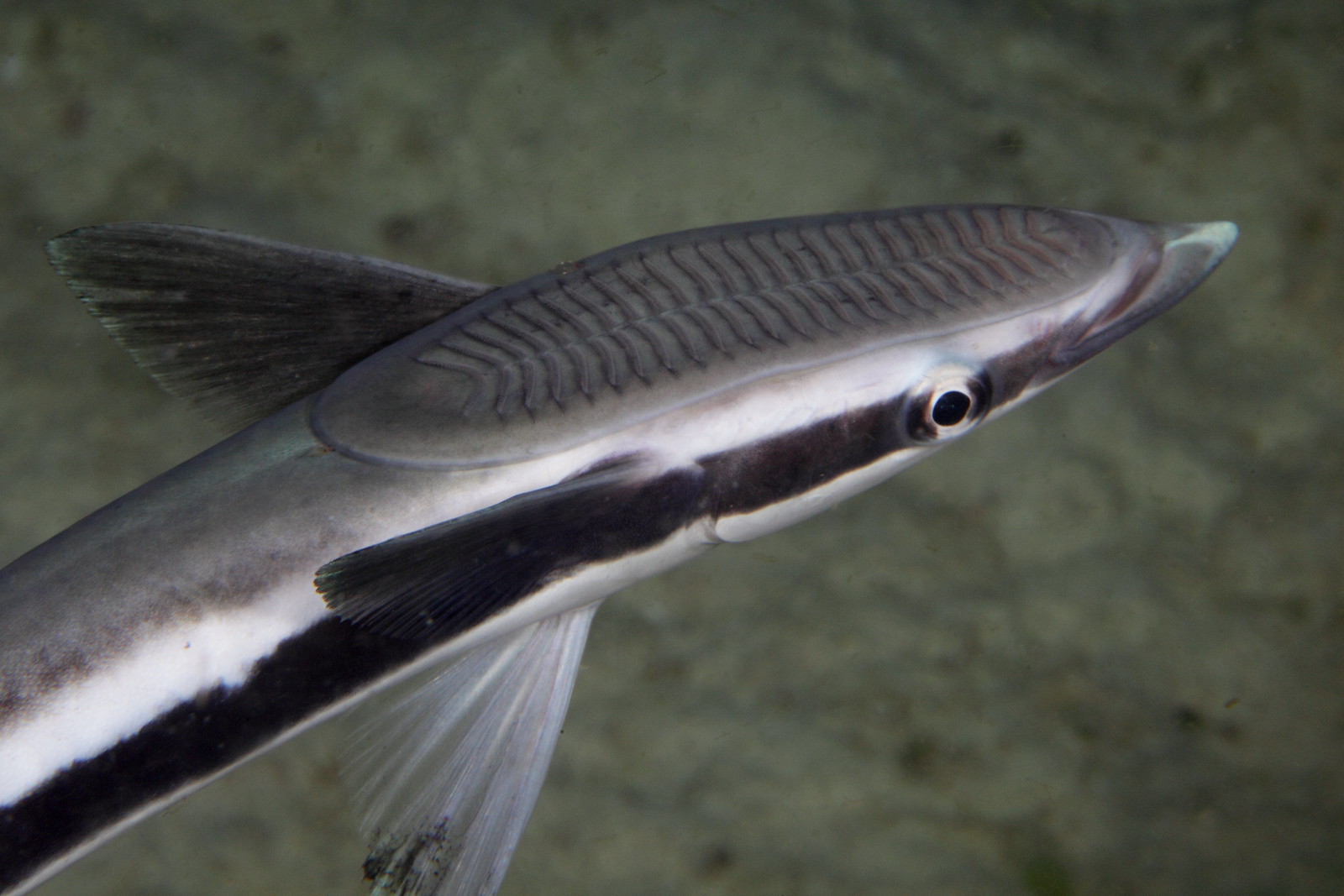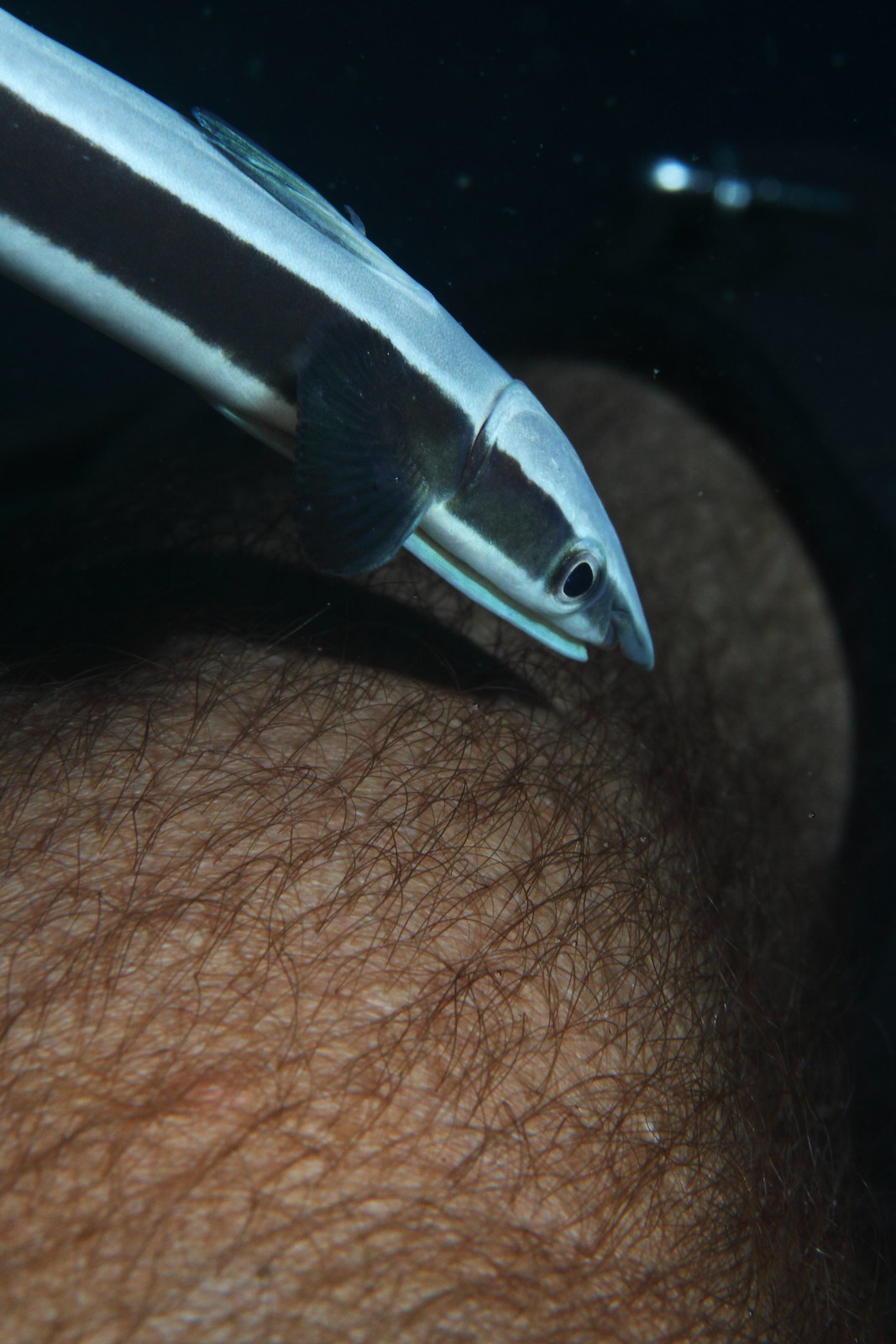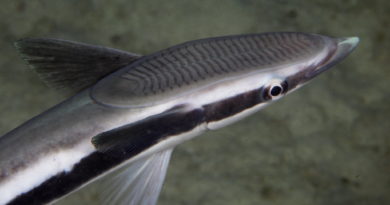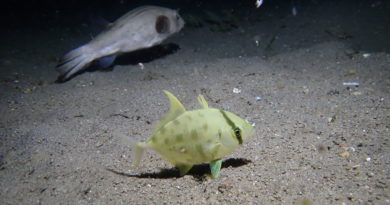The Biology of the Beavis Fish
I grew up with Beavis and Butthead. Back in the days when moving images came from the Teevee and not the internet, I wouldn’t miss an episode of the cartoon. The humor of Beavis and Butthead uniquely appealed to me: on the surface, they were two funny idiots commenting on music videos and having misadventures in high school and their neighborhood. But below the surface their nihilism held a mirror up in front of late industrialized society, showing how far human self-domestication (Konrad Lorenz) can go, putting a live version of the last man (Friedrich Nietzsche) on the screen. Genius.
So, I was excited to find out that 1. there are new episodes! 2. one episode even deals with marine biology. Let’s check out that episode:
The Beavis Fish
Beavis and Butthead cover shark biology in one of their newer videos. They ask two important questions: 1. where is the shark’s butt (I won’t discuss this more here) and 2. what kind of fish sticks with the shark all the time? Butthead calls is the Beavis fish, because it hangs out with a much cooler fish, the shark. You can watch the short video here:
Pay close attention to the Beavis fish!
Common Names and the Beavis Fish
The real name of the Beavis fish is Echeneis naucrates. The fish belongs to a family of fishes called the Remoras, all of which suck onto bigger animals (which ones? more on that later on). I’m pretty sure it’s Echeneis naucrates in the video, even though it could be a closely related species. In English, this fish is commonly called the sharksucker BUT this is a “common name” only. These common names have limited use: they are different in every language, and sometimes one fish has several common names (the “sand tiger shark” in the US is a “grey nurse shark” in Australia), or one common name refers to several species (the “neon tetra” refers to several South American freshwater fishes).
Common names are not official, are pretty arbitrary, and it’s really up to us – and to Butthead – to make up new ones. Hence I shall refer to the “sharksucker” from now on as the Beavis fish. I wrote an essay about the basic biology and the evolution of the Beavis fish a while ago, interestingly the suction disc at the top of the fish is a modified dorsal fin:
Here you can see a top-shot of the Beavis fish. This nicely shows the adhesion disc which the fish uses to attach itself to its larger hosts:
and here is the Beavis fish sucking onto my hairy leg:
Whom Does The Beavis Fish Hang Out With
As Butthead correctly observed, the Beavis fish hangs out with sharks. BUT – sharks are in trouble in many parts of the world’s oceans. Overfishing of sharks themselves and a collapse of the food web below the sharks (lower numbers of the fish the sharks feed on) have caused the numbers of many shar species to dwindle. Many species of sharks lay a few large eggs, or give birth to a few young per year, more like mammals than like fishes like tuna, and hence they don’t recover well, as populations, from being killed in large numbers. It’s sad.
The consequence for the Beavis fish is that it doesn’t have any shark to suck (hehe) on. What to do? The fish’s behavior is so tuned to attach itself to other, larger aquatic organisms that it finds itself alternatives. In some cases, that could even be a human diver, like my friend Laura:
In this case, a Beavis fish held onto a goat fish. Goat fishes are medium-sized fish which dig through the sand for edibles, they are barely larger than a Beavis fish, but in the absence of sharks, manta rays or turtles, the goat fish has to do. There are actually quite a lot of turtles in the part of the Philippines where I filmed this, but not enough for the needs of all Beavis fish, it seems:
Here, the Beavis fish attaches itself to a large puffer fish; the puffer clearly tries to get rid of the Beavis fish, but to no avail. The skin abrasions on the puffer fish are likely the result of the constant attachment of the Beavis fish:
And this is a video with a more thorough explanation of Beavis fish biology, if you don’t have enough of this fish yet:
I hope you enjoyed this excursion into Beavis fish biology,
Best fishes,
Klaus



